Skip to main content
|
|||||||||||||||||||||||||||||||||||||
|
|
|||||||||||||||||||||||||||||||||||||
STATISTICAL BRIEF #518:
|
|||||||||||||||||||||||||||||||||||||
| December 2018 | |||||||||||||||||||||||||||||||||||||
|
Pradip K. Muhuri, PhD and Steven R. Machlin, MS |
|||||||||||||||||||||||||||||||||||||
Highlights
|
|||||||||||||||||||||||||||||||||||||
IntroductionDiabetes is a chronic condition that requires ongoing treatment and monitoring to reduce morbidity and mortality. It is associated with various comorbidities including heart disease, stroke, high blood pressure, kidney disease, and blindness as well as lost productivity, and increased financial burden. The American Diabetes Association's (ADA) Standards of Medical Care in Diabetes contains a comprehensive set of recommendations for screening, diagnosis, and therapeutic actions that are likely to favorably affect health outcomes for patients with diabetes.Based on data collected in the Medical Expenditure Panel Survey-Household Component (MEPS-HC) and its supplemental Diabetes Care Survey (DCS), this Statistical Brief first presents estimates of the prevalence of reported diagnoses of diabetes for adults age 18 and older by race/ethnicity, and then focuses on differences among racial/ethnic groups in treatment and monitoring of the condition. The treatment methods considered include insulin injection, oral medications, and diet modification. Monitoring services by a health professional include blood cholesterol check, checking of feet for sores or irritations, eye exam with dilation, and blood check for hemoglobin A1C. Understanding differences in diabetic patients' receipt of these treatment and services by race/ethnicity may be helpful in directing resources for managing diabetes among diverse groups. The average annual estimates presented in this Brief are for the civilian noninstitutionalized adult population (i.e., 18 and older) and are derived from pooled data from the 2015 and 2016 MEPS-HC/DCS. The racial/ethnic distribution of this population during the 2015-16 period was: white, non-Hispanic (63.5 percent); Hispanic (15.8 percent); black, non-Hispanic (11.8 percent); Asian, non-Hispanic (5.8 percent), and other/multiple races, non-Hispanic (3.0 percent). In this report, the non-Hispanic groups will be referred to as simply white, black, and Asian. Although included in the overall total (i.e., All), the "other/multiple races, non-Hispanic" category is not shown separately in the figures due to small sample sizes or failure to meet minimum precision requirements. Only racial/ethnic differences in estimates that are statistically significant at the 0.05 level or better are noted in the text. |
|||||||||||||||||||||||||||||||||||||
FindingsDiagnosed diabetes (figures 1a-b)In 2015-16, among adults age 18 and older in the U.S. civilian noninstitutionalized population, an annual average of 10.0 percent (about 24.8 million persons) were ever told by a doctor or health professional they had diabetes (figure 1a). Overall, blacks (13.0 percent) were more likely to have diagnosed with diabetes than Hispanics (10.3 percent), whites (9.4 percent), or Asians (8.9 percent). Obesity is highly associated with diabetes, and the likelihood of being obese varies by race/ethnicity. In 2015-16, on average, about one-third (31.6 percent) of U.S. civilian noninstitutionalized adults age 18 and older were obese (i.e., their body mass index [BMI] was 30 or higher) (data not shown in figures). Blacks (41.7 percent) were more likely to be obese than Hispanics (34.9 percent) and whites (30.7 percent), while Asians (8.4 percent) were much less likely to be obese than those in other racial/ethnic categories. Differences among racial/ethnic groups in the rate of reported diabetes were not the same for non-obese and obese persons (figure 1b). Among adults who were not obese, whites (5.6 percent) were less likely than Hispanics (7.6 percent), Asians (7.9 percent), and blacks (9.4 percent) to have been diagnosed as having diabetes. In contrast, among obese adults, Hispanics (14.8 percent) were less likely than blacks (18.2 percent) or whites (17.4 percent) to be reported as having been told they are diabetic. Diabetes treatment (figure 2) Regardless of race/ethnicity, in 2015-16, only a small proportion of adults age 18 and older with diagnosed diabetes reported not having their condition currently treated with insulin injections, oral medication, and/or diet modification (2.3 percent overall) (figure 2). The percentage using insulin injections was much lower for Asians (15.2 percent) than for the other racial/ethnic groups (28.2-32.0 percent). Conversely, Asians were more likely to report having their condition treated by both diet modification and oral medication (but no insulin injections) (57.0 percent) than those in other racial/ethnic categories (45.1-48.7 percent). Diabetes-monitoring services (figures 3a-d) The following is a summary of differences by race/ethnicity in receipt of four selected diabetes monitoring tests/exams during the year:
|
|||||||||||||||||||||||||||||||||||||
Data SourcesThe estimates in this Statistical Brief are based on data from the MEPS 2015 Full Year Consolidated Data File (HC-181) and the MEPS 2016 Full Year Consolidated Data File (HC-192) available on the MEPS Web site at https://meps.ahrq.gov/mepsweb/data_stats/download_data_files.jsp. Each of these data files included the data on diabetes tests and treatments that were obtained from the DCS for the corresponding years. See the 2016 questionnaire here: https://meps.ahrq.gov/survey_comp/hc_survey/paper_quest/2015/2015_DCS_ENG.pdfData were pooled from 2 years (i.e., MEPS 2015 and 2016) to increase statistical precision. Estimates in this Statistical Brief reflect "average annual" estimates for these 2 years. |
|||||||||||||||||||||||||||||||||||||
DefinitionsDiabetes diagnosesEstimates of the reported prevalence of diagnosed diabetes were based on the question, "Have you ever been told by a doctor or other health professional that you have diabetes or sugar diabetes?" in the MEPS-HC questionnaire. "Don't know" values were considered missing and excluded (about 0.05 percent of cases) in estimating the prevalence. For 2015-16 combined, the MEPS-HC sampling weight was applied to derive the estimate. Diabetes treatment The DCS is a self-administered paper-and-pencil questionnaire for the MEPS household members age 18 and older based on responses to a question in the Priority Condition section of the MEPS-HC instrument. The DCS first asks whether or not the sample member was ever told by a doctor or health professional that he or she had diabetes. Only if the answer to that question is "yes" are the subsequent questions are asked. In the MEPS-HC/DCS questionnaire, sample individuals age 18 and older who reported "yes" to the diabetes diagnoses question were asked a series of yes/no questions including:
Diabetes monitoring services In the MEPS-HC/DCS questionnaire, sample individuals age 18 and older who reported "yes" to the diabetes diagnosis question were also asked a series of questions on diabetes monitoring services. Below are the 2016 questions and response categories used in this Brief:
Age was defined using the last reported age in the survey year for each sampled person. Adults were defined as persons equal to or greater than 18 years of age. Race/Ethnicity The MEPS respondents were asked if each family member was Hispanic or Latino and about each member's race. Based on this information, categories of race and Hispanic origin were constructed as follows: 1) Hispanic; 2) white, non-Hispanic with no other race reported; 3) black, non-Hispanic with no other race reported; and 4) Asian, non-Hispanic, with no other race reported. The "other/multiple races, non-Hispanic" category is not shown separately in this Brief due to small sample sizes or failure to meet minimum precision requirements. However, they are included the overall total. Obesity status Obesity status was determined based on BMI that was calculated from each individual's height and weight as reported by the household respondent in the MEPS-HC. The analytic variable was categorized as follows: obese (BMI equal to or greater than 30), and not obese (BMI less than 30). Persons with missing data on BMI (4 percent unweighted) were excluded from calculations for figure 1b. |
|||||||||||||||||||||||||||||||||||||
About MEPS-HCThe Medical Expenditure Panel Survey Household Component (MEPS-HC) collects nationally representative data on health care use, expenditures, sources of payment, and insurance coverage for the U.S. civilian noninstitutionalized population. The MEPS-HC is cosponsored by the Agency for Healthcare Research and Quality (AHRQ) and the National Center for Health Statistics (NCHS). More information about the MEPS-HC can be found on the MEPS Web site at https://meps.ahrq.gov/. |
|||||||||||||||||||||||||||||||||||||
ReferencesFor information on recommendations for diabetes-monitoring tests and treatment, see the following publication:American Diabetes Association. Standards of Medical Care in Diabetes—2018. Diabetes Care 2018; 41(Suppl.), January 2018. https://professional.diabetes.org/content-page/standards-medical-care-diabetes For a detailed description of the MEPS-HC survey design, sample design, and methods used to minimize sources of nonsampling error, see the following publications: Cohen, J. Design and Methods of the Medical Expenditure Panel Survey Household Component. MEPS Methodology Report No. 1. AHCPR Pub. No. 97-0026. Rockville, MD. Agency for Healthcare Policy and Research, 1997. https://meps.ahrq.gov/data_files/publications/mr1/mr1.shtml Ezzati-Rice, T.M., Rohde, F., Greenblatt, J. Sample Design of the Medical Expenditure Panel Survey Household Component, 1998-2007. Methodology Report No. 22. March 2008. Agency for Healthcare Research and Quality, Rockville, MD. https://meps.ahrq.gov/data_files/publications/mr22/mr22.shtml Machlin, S.R., Chowdhury, S.R., Ezzati-Rice, T., DiGaetano, R., Goksel, H., Wun, L.-M., Yu, W., Kashihara, D. Estimation Procedures for the Medical Expenditure Panel Survey Household Component. Methodology Report No. 24. September 2010. Agency for Healthcare Research and Quality, Rockville, MD. https://meps.ahrq.gov/data_files/publications/mr24/mr24.shtml |
|||||||||||||||||||||||||||||||||||||
Suggested CitationMuhuri, P. and Machlin, S. Treatment and Monitoring of Adults with Diagnosed Diabetes by Race/Ethnicity, 2015-2016. Statistical Brief #518. December 2018. Agency for Healthcare Research and Quality, Rockville, MD. https://meps.ahrq.gov/data_files/publications/st518/stat518.shtml |
|||||||||||||||||||||||||||||||||||||
|
AHRQ welcomes questions and comments from readers of this publication who are interested in obtaining more information about access, cost, use, financing, and quality of health care in the United States. We also invite you to tell us how you are using this Statistical Brief and other MEPS data and tools and to share suggestions on how MEPS products might be enhanced to further meet your needs. Please email us at MEPSProjectDirector@ahrq.hhs.gov or send a letter to the address below: Joel Cohen, PhD, Director Center for Financing, Access, and Cost Trends Agency for Healthcare Research and Quality 5600 Fishers Lane, Mailstop 07W41A Rockville, MD 20857 |
|||||||||||||||||||||||||||||||||||||
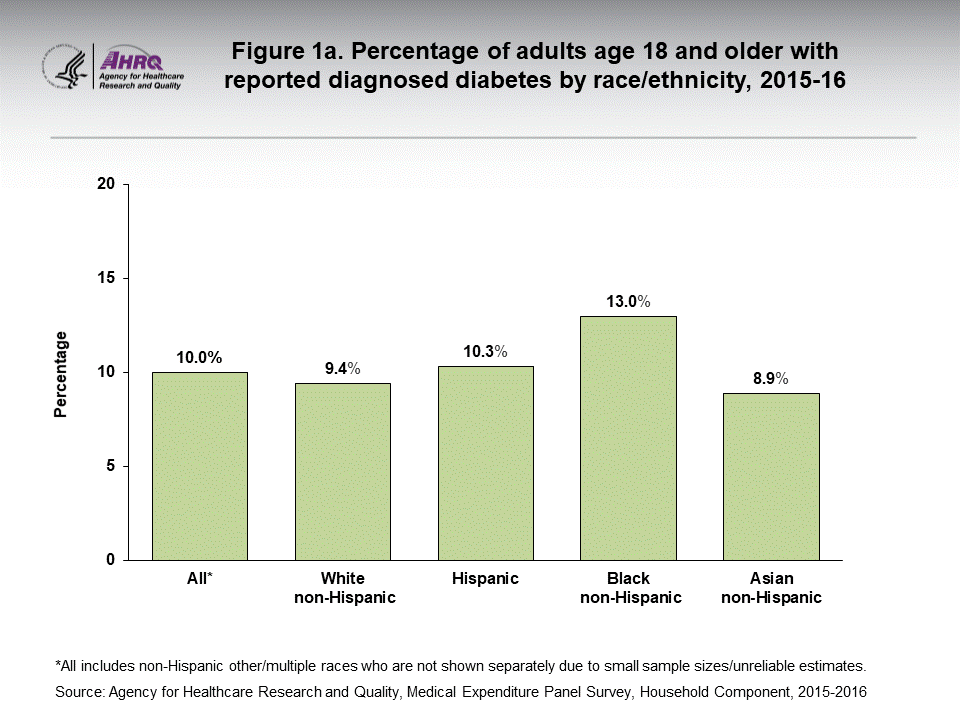 |
|||||||||||||||||||||||||||||||||||||
|
|||||||||||||||||||||||||||||||||||||
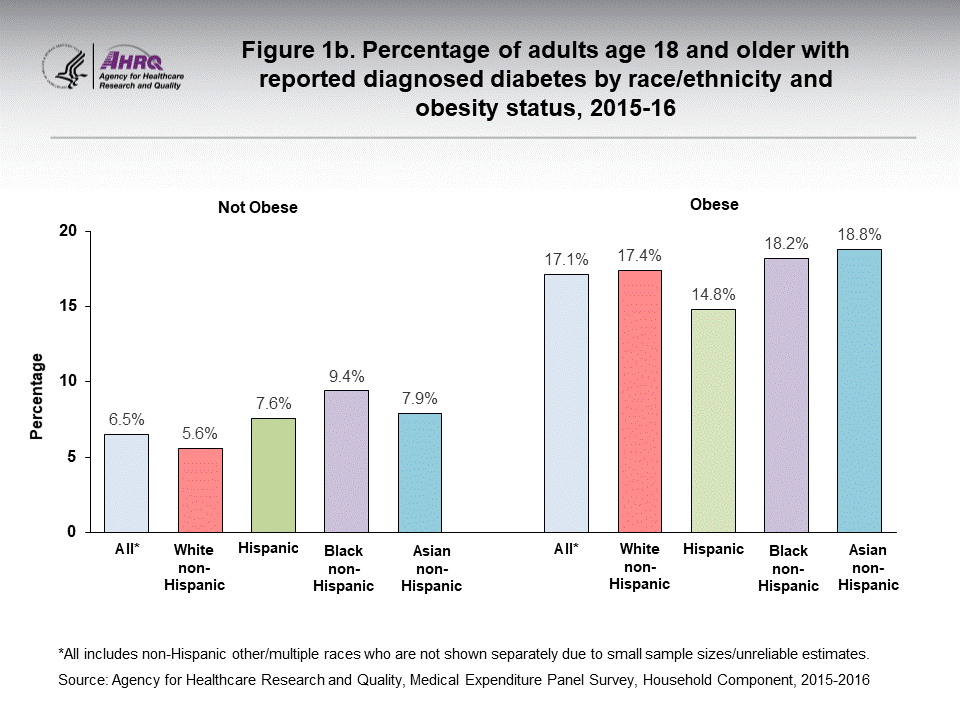 |
|||||||||||||||||||||||||||||||||||||
|
|||||||||||||||||||||||||||||||||||||
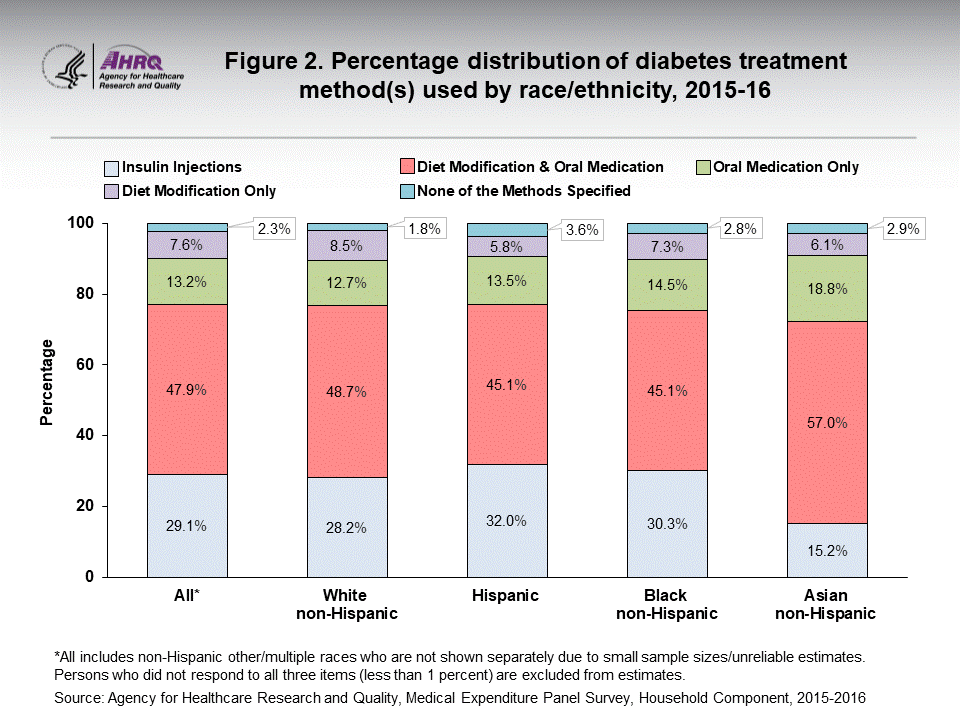 |
|||||||||||||||||||||||||||||||||||||
|
|||||||||||||||||||||||||||||||||||||
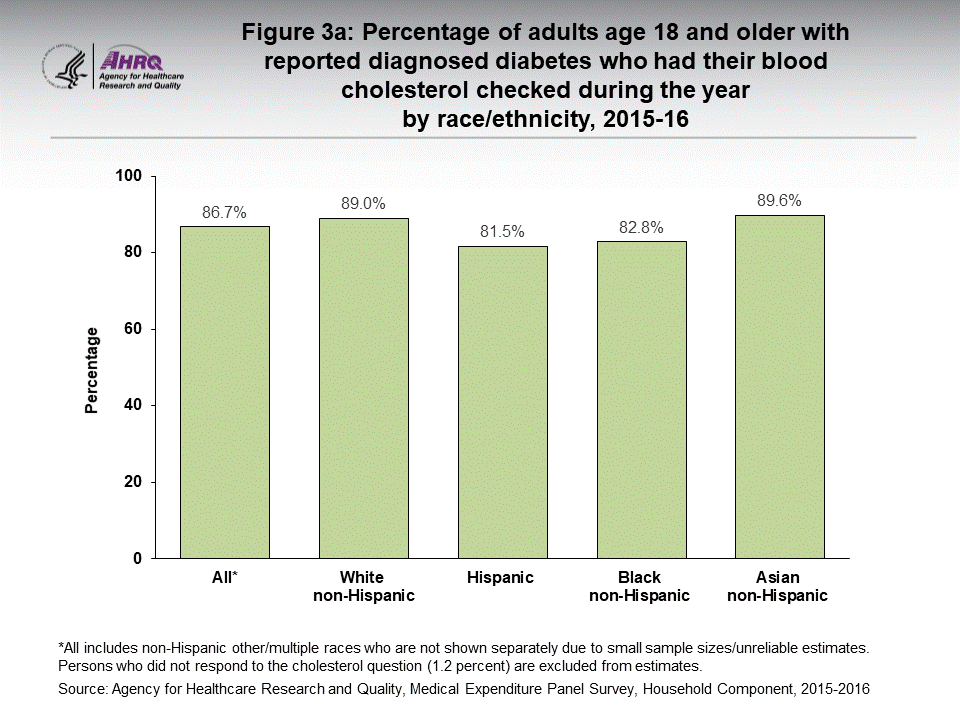 |
|||||||||||||||||||||||||||||||||||||
|
|||||||||||||||||||||||||||||||||||||
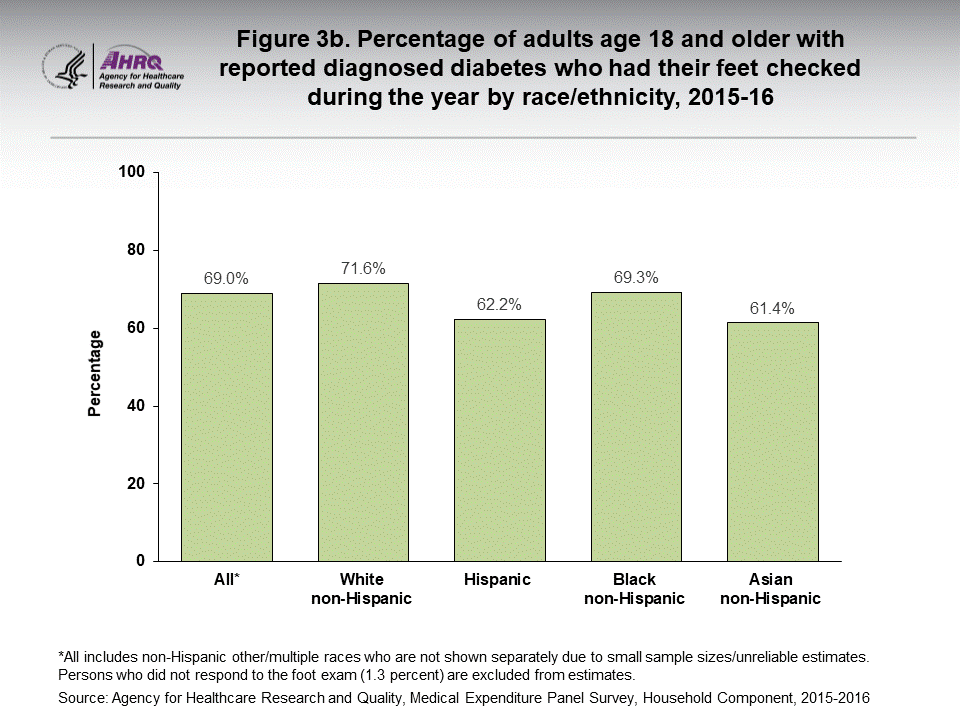 |
|||||||||||||||||||||||||||||||||||||
|
|||||||||||||||||||||||||||||||||||||
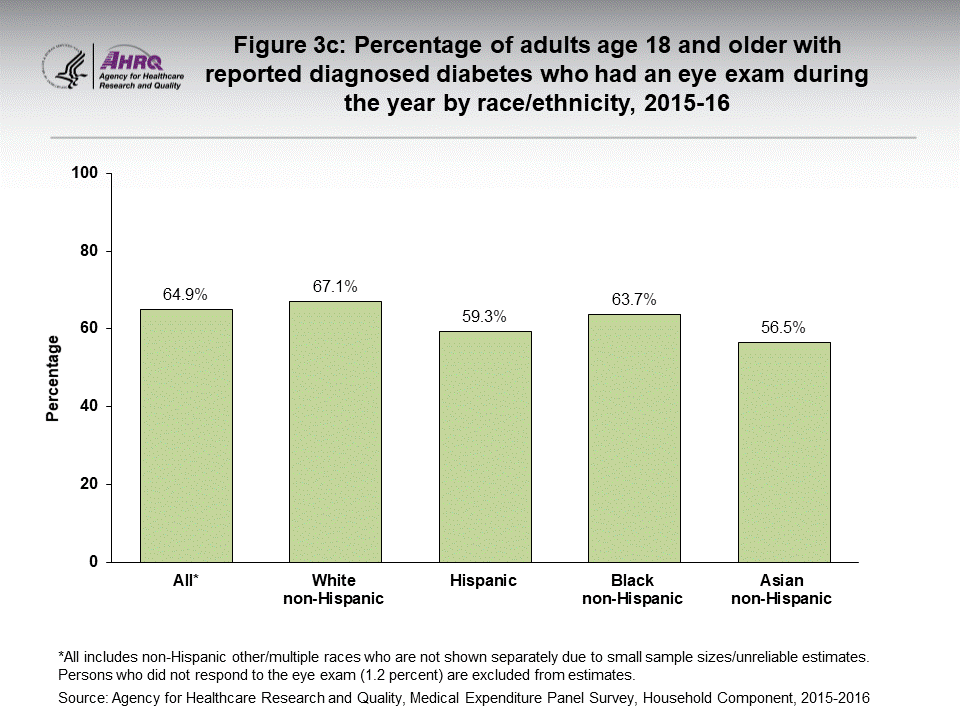 |
|||||||||||||||||||||||||||||||||||||
|
|||||||||||||||||||||||||||||||||||||
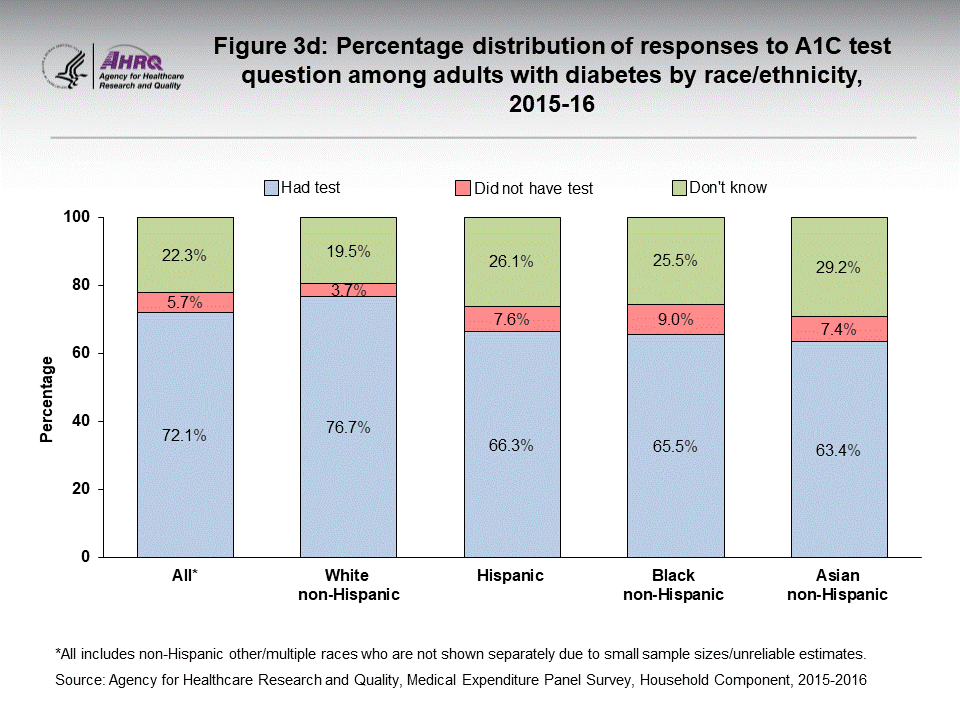 |
|||||||||||||||||||||||||||||||||||||
|
|||||||||||||||||||||||||||||||||||||
|
| |||||||||||||||||||||||||||||||||||||



